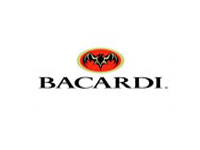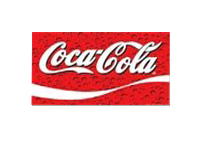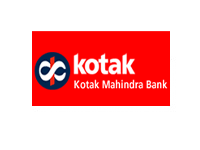Translation Services in Cooking/Food/Beverages



Introduction
Translation Services in Cooking/Food/Beverages
In today’s globalized world, translation services are becoming increasingly important in a wide array of industries, including the cooking, food, and beverages sectors. These industries rely heavily on clear communication, from recipe instructions and food labels to marketing campaigns and restaurant menus. The ability to convey accurate information across languages ensures that businesses in the food industry can expand globally while maintaining compliance with local regulations, meeting customer expectations, and ensuring that cultural nuances are respected.
Importance of Translation in the Cooking Industry
Cooking is an art that transcends borders, but without proper translation, important details such as measurements, ingredients, and cooking techniques can be lost. For example, a cooking method used in one country might have a different name or no direct equivalent in another, leading to confusion. Translators familiar with culinary terminology are essential in bridging this gap, ensuring that recipes maintain their authenticity and are easily understood in different languages.
For culinary content creators, chefs, and cookbook authors looking to reach a global audience, translation plays a key role in expanding their market. Without clear and culturally adapted translations, international readers might not fully grasp the subtle flavour profiles or specific cooking instructions, which could negatively affect their experience. This is particularly important for online recipes and cooking videos, where a diverse audience might access the content in their native language.
Translation in the Food and Beverage Industry
The food and beverage industry is a rapidly growing sector that is reliant on accurate translation to maintain safety, compliance, and consumer trust. Labelling, in particular, is one area that requires specialized translation. Incorrect or misleading translations on food packaging could lead to serious health risks, especially for consumers with allergies or dietary restrictions. Translators must ensure that ingredient lists, nutritional information, and allergy warnings are accurately conveyed. This is not just a matter of customer service but of legal compliance, as many countries have strict labelling laws to protect consumers.
In addition to labelling, promotional and marketing materials also require translation for food and beverage brands seeking to enter international markets. A slogan that works well in one language might not have the same impact or could even be offensive in another. A deep understanding of both the source and target languages, as well as the cultural nuances, is required for successful marketing translation.
Moreover, in the food and beverage industry, product descriptions, restaurant menus, and dietary information must all be translated accurately to cater to a global clientele. In regions with a significant tourism industry, for instance, restaurants often offer multilingual menus. If these translations are not accurate or culturally appropriate, they could leave customers confused or dissatisfied.
Challenges of Translation in the Food Industry
One of the major challenges of translating for the food and beverage industry is the need to balance accuracy with cultural sensitivity. Some dishes or ingredients have no direct translation, requiring translators to find the best possible equivalent or offer explanations. The use of idiomatic expressions related to food is another challenge. For instance, many cultures have sayings or metaphors related to food that do not make sense when directly translated. A skilled translator must be able to navigate these nuances to ensure clarity and cultural relevance.
Additionally, regional variations in the same language can pose a challenge. For example, a menu translated into Spanish might differ depending on whether it is aimed at a Mexican, Spanish, or Argentinian audience, as each country uses distinct terminology and expressions for food items.
























- Agriculture/Environment Translation Services
- Architecture Translation Services
- Arts Translation Services
- Automation/Engineering Translation Services
- Biochemistry Translation Services
- Biology Translation Services
- Chemistry Translation Services
- Communications Translation Services
- Computers/IT Translation Services
- Cooking/Food/Beverages Translation Services
- Financial/Economics Translation Services
- Hardware/Construction Translation Services
- Education/Training Translation Services
- Film - Theatre Translation Services
- Health and Beauty Translation Services
- History Translation Services
- Insurance Translation Services
- Internet/Multimedia Translation Services
- Hospitality Industry Translation Services
- Journalism - Press Translation Services
- Legal Translation Services
- Literature/Publishing Translation Services
- Music Translation Services
- Patents/Intellectual Property Translation Services
- Physics Translation Services
- Politics Translation Services
- Psychology/Psychiatry Translation Services
- Real Estate Translation Services
- Social Sciences Translation Services
